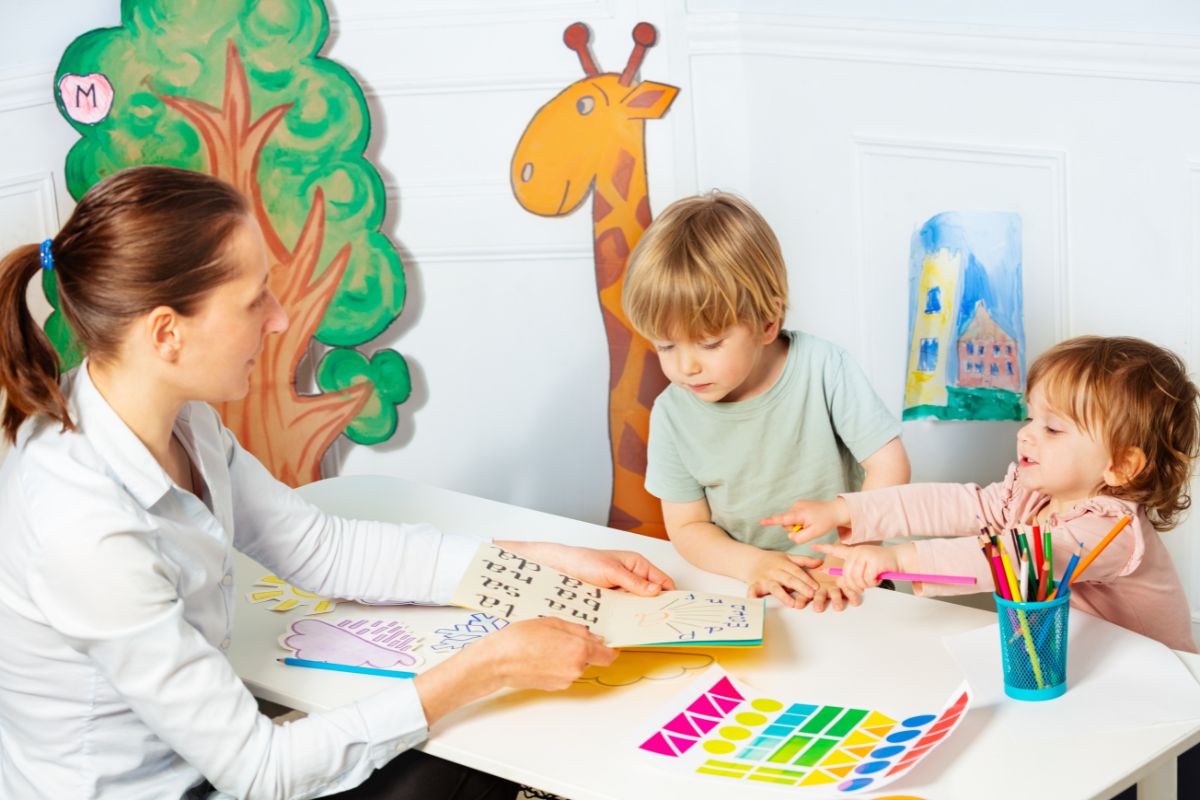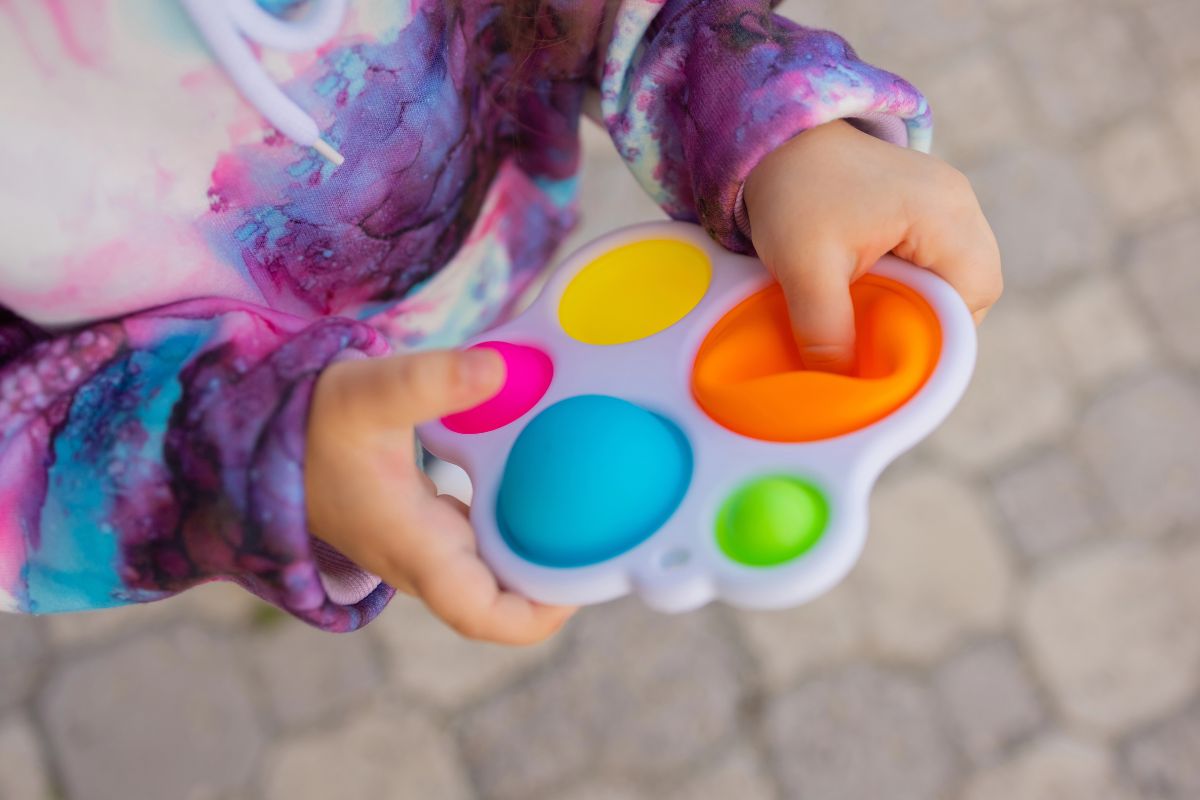Key Takeaways
- Potent reinforcers are highly motivating and can significantly accelerate learning in ABA therapy.
- Their value changes over time, so ongoing observation and reassessment are essential.
- Effective reinforcement improves focus, participation, and skill mastery.
- Pairing reinforcers with social praise supports lasting motivation beyond therapy sessions.
Reinforcement is at the heart of Applied Behavior Analysis (ABA) therapy. It’s how therapists strengthen desired skills, encourage positive behaviors, and help individuals make meaningful progress. But not all reinforcers are equally effective — and that’s where potent reinforcers make all the difference.
When a reinforcer is truly motivating, it can transform a learning session from routine to highly productive. Potent reinforcers capture attention, sustain engagement, and create a positive connection between the learning process and the outcome. In this post, we’ll explore what potent reinforcers are, why they matter, and how they’re used in ABA therapy to maximize growth.
What Is a Potent Reinforcer in ABA Therapy?
In ABA therapy, a reinforcer is anything that increases the likelihood a behavior will happen again. This can be a tangible item, an enjoyable activity, a form of social praise, or even a sensory experience.
A potent reinforcer is one that holds exceptionally high value for the learner at that specific moment in time. This value isn’t static — it shifts depending on factors like mood, environment, and recent experiences. For example, a child might be excited to play with bubbles during a morning session but more motivated by a favorite snack later in the day. By paying close attention to these shifts, therapists can select the most powerful motivators to encourage progress.
Why Potent Reinforcers Matter in ABA Therapy
The difference between a standard reinforcer and a potent one can be the difference between minimal progress and a breakthrough. When the chosen reinforcement truly excites the learner, it increases their willingness to participate and helps them focus for longer periods of time.
Potent reinforcers also help speed up skill development. Learners are more likely to repeat and master new skills when they receive something meaningful in return. This positive cycle builds momentum, making sessions more productive and enjoyable for both the learner and the therapist.
How ABA Therapists Identify Potent Reinforcers
Identifying potent reinforcers is an active, ongoing process. Therapists may use preference assessments, where they offer choices and observe what the learner gravitates toward most. They also watch closely during sessions, noting which rewards consistently produce strong engagement.
Family and caregiver input plays an important role too, since motivation can look different at home, at school, and in therapy. Because preferences can change quickly, therapists regularly update and rotate reinforcers to keep them effective. This prevents “satiation,” when a once-powerful motivator loses its appeal.
Best Practices for Using Potent Reinforcers
Potent reinforcers are most effective when delivered immediately after the desired behavior, so the connection is clear and strong. They are often paired with social praise, which helps develop intrinsic motivation over time. Keeping reinforcers varied is also important — rotating between different types maintains interest and avoids predictability.
As a learner gains skills and confidence, therapists may begin to fade out tangible reinforcers, replacing them with social or natural reinforcements. This ensures progress continues in real-world settings where rewards aren’t always immediate or tangible.
FAQs
How often should reinforcers be reassessed?
Preferences can change daily, so ABA therapists check regularly to ensure the chosen reinforcers remain effective.
Can social praise be a potent reinforcer?
Yes — for some learners, verbal encouragement or high-fives are just as motivating as tangible rewards, especially when paired thoughtfully.
What if a child loses interest in a reinforcer quickly?
Therapists keep a variety of options on hand and rotate them to maintain interest and effectiveness.



